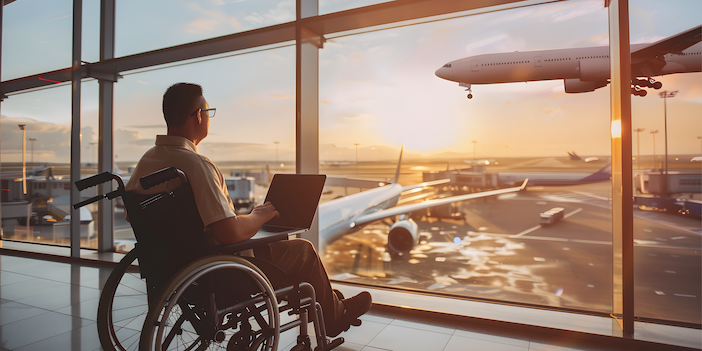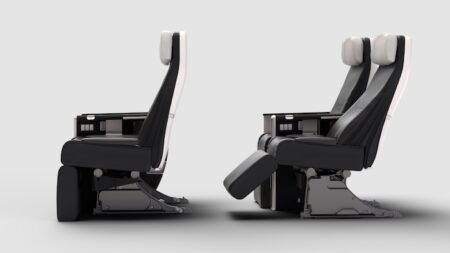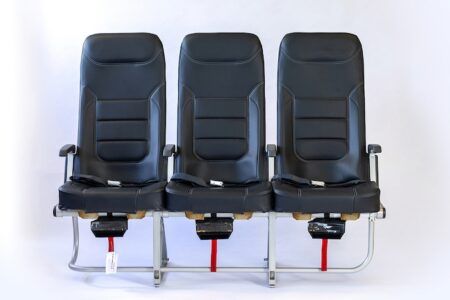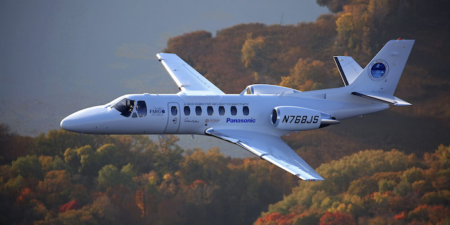Accessibility is one of the big talking points in aircraft interiors today, particularly following US President Joe Biden signing into law the FAA Reauthorization Act which will enable a safer and more comfortable flying experience for passengers with reduced mobility (PRM). In a timely development, Collins Aerospace plans to unveil a cabin solution for onboard wheelchair accommodation at Aircraft Interiors Expo, taking place in Hamburg, Germany next week (28-30 May).
Collins has not yet named the product, but has said it is compatible with most WC19 and ISO 7176-19 transport-certified powered wheelchair devices, which will enable PRM travellers an inflight experience more equivalent to that of able-bodied passengers.
According to Collins, implementation of the hardware involves the installation of an integrated restraint system at the front of a narrow-body aircraft to accommodate a wheelchair user in their own chair, with seat belt attachments securing both wheelchair and passenger. The company says that restraining the wheelchair in place is simple and can easily be carried out by on-board crews without requiring assistance from maintenance staff.
The restraint system is stowed when not in use. The Collins solution utilises unused cabin space and does not require seat removal or modification, making for a consistent experience for all passengers and allowing airlines to operate with existing cabin densities.
Boarding and deplaning are also claimed to be simplified, reducing the risk of personal injury and discomfort associated with transporting individuals in and out of their wheelchairs. An important factor is that passengers can remain in their own wheelchair –often a specialised, customised, not to mention personally vital piece of hardware – which greatly reduces the risk of mishandled chairs during the check-in, handling and stowage processes.
Collins Aerospace says that recent tests of the design at the National Institute of Aviation Research (NIAR) found that the boarding process with the solution was shown to be akin to the average ground transportation experience – harmonising the air travel experience with the typical accommodations found in other modes of transportation.
“Enabling motorised wheelchair users to remain in their chair is imperative to providing a more equitable and dignified air travel experience to the millions of people who rely on personal mobility devices in their everyday lives,” said Cynthia Muklevicz, vice president of customer and business development for Collins Aerospace. “We’re confident this certifiable solution [based on current regulations and future modifications] will help eliminate barriers, opening greater possibilities to a wider population to more conveniently experience the excitement and necessity of air travel.”





